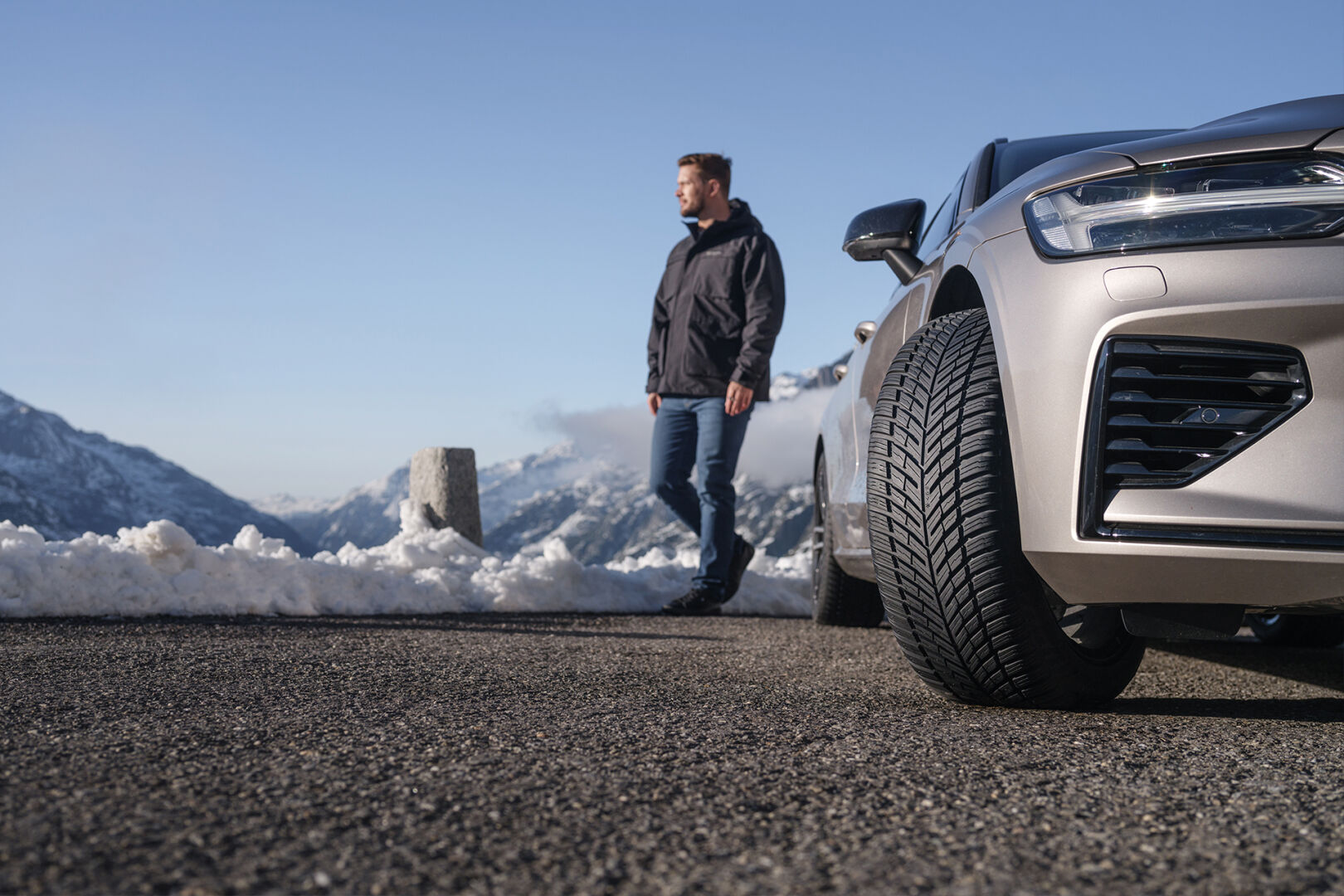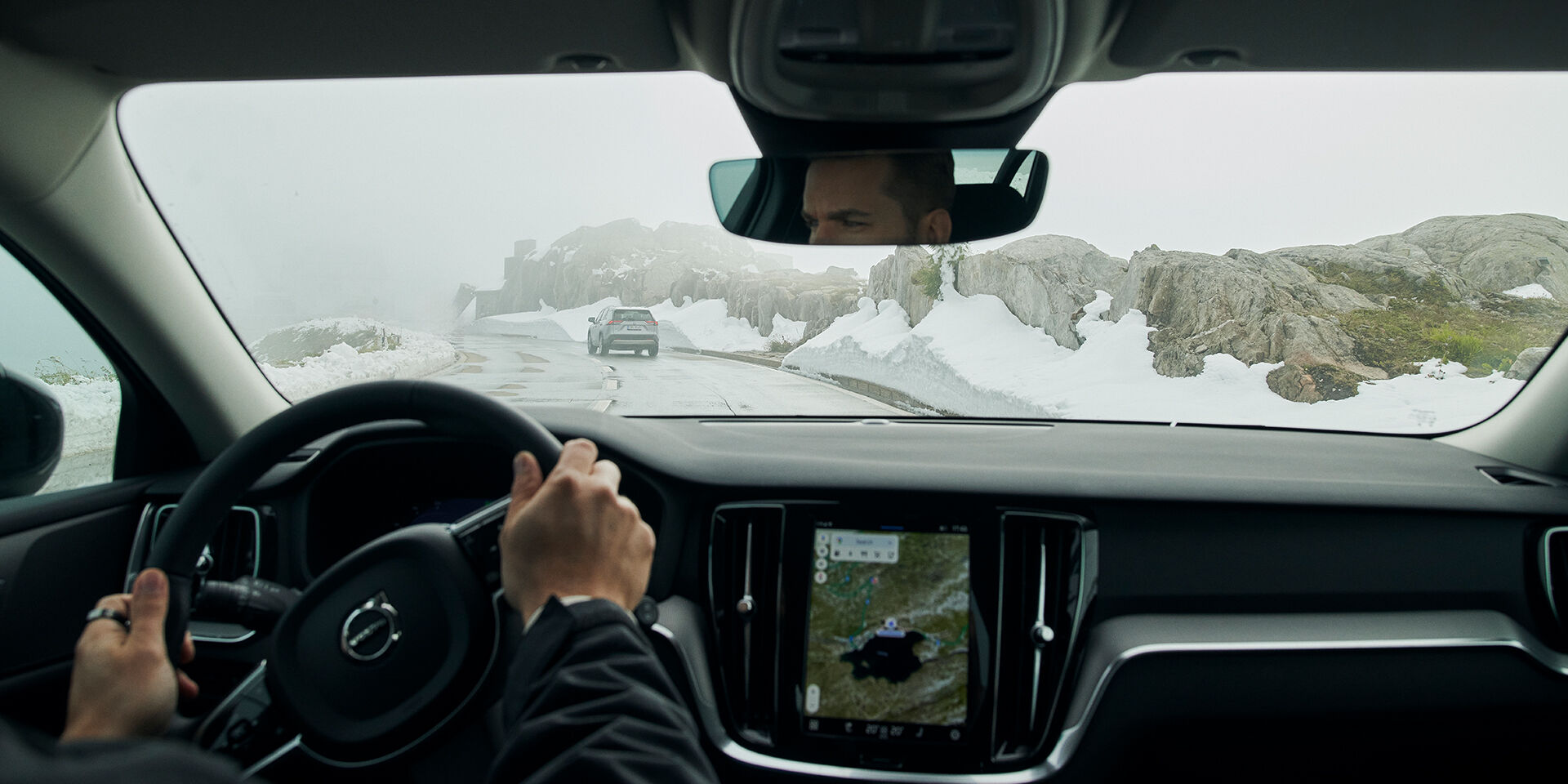Article
Your winter tire guide: What to know before you buy

Winter is here, and many drivers are considering winter tires. Here are the top 3 most often heard questions and answers to those thinking about getting new winter tires this season.
Question 1: Should I buy budget or premium tires?
On the surface, tires may look similar, but there are many fundamental differences between them. As tires are the only contact the car has to the road surface, compromising on their quality means a compromise on your own safety. Premium tire manufacturers invest heavily in the research and development of their products. For winter tires it means that they are developed to perform throughout the winter, from wet roads in fall through the snowy mid-winter and on icy roads in spring. They are safer and more predictable in all conditions. So no, we would not recommend skimping out on your winter tire purchase.

Question 2: Does my EV need special winter tires?
The short answer is no. If the load capacity is sufficient and the technical specifications match, you do not need to buy a special EV winter tire. However, many EV drivers value the quiet performance that their vehicle provides, and the dedicated EV tire models offered by premium tire manufacturers give the most silent and comfortable drive.

It depends on various factors such as your car, driving style, where you drive and your priorities.
Question 3: How do I know the winter tires I choose are safe for my driving conditions?
The answer depends on what your usual driving conditions are. Tires approved for winter use have the Three-Peak Mountain Snowflake symbol on their EU label and the tire sidewall. It indicates that the tire has been specifically designed and tested to have grip in snowy conditions. Winter and all-season tires with the snow grip marking are safe to use in areas with milder winter climate such as Central and Southern Europe. However, the snow grip marking alone is not sufficient for all areas. In the harsh Northern European winter conditions drivers should make sure to choose tires that also have the ice grip marking that proves that the tire is safe on icy roads.

In the Nordic countries the choice is also between studded and non-studded winter tires. The answer which one to choose is not straightforward as it depends on various factors such as your car, driving style, where you drive and your priorities. If you mainly drive on well-maintained main roads and use a proactive driving style in icy, snowy and wet conditions, non-studded tires are an excellent option. If you want to always maintain the best ice grip, studded tires may be the choice for you. However, the difference between studded and non-studded Nordic winter tires has narrowed considerably in the last few years: modern studded tires offer silence and driving comfort while the ice grip of non-studded winter tires has improved considerably and is now much closer to studded tires in terms of safety.


